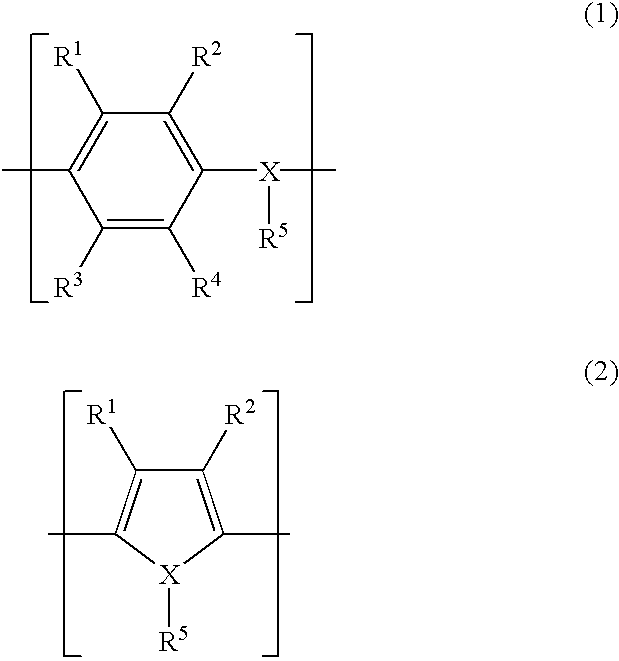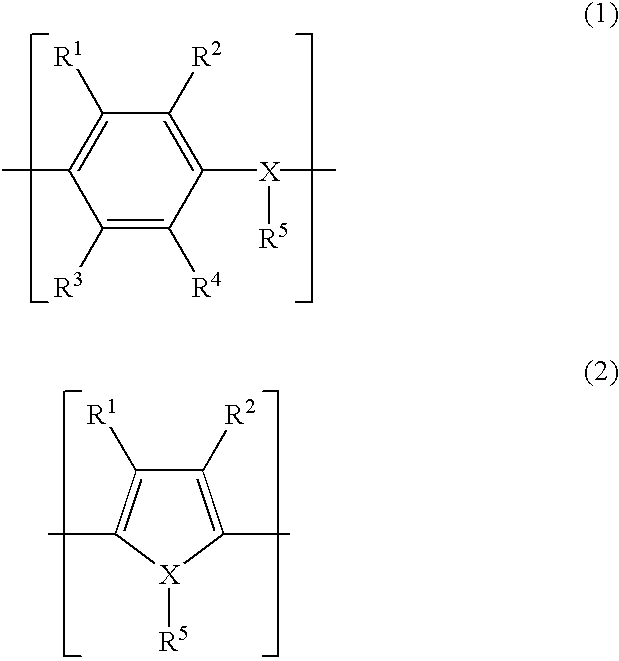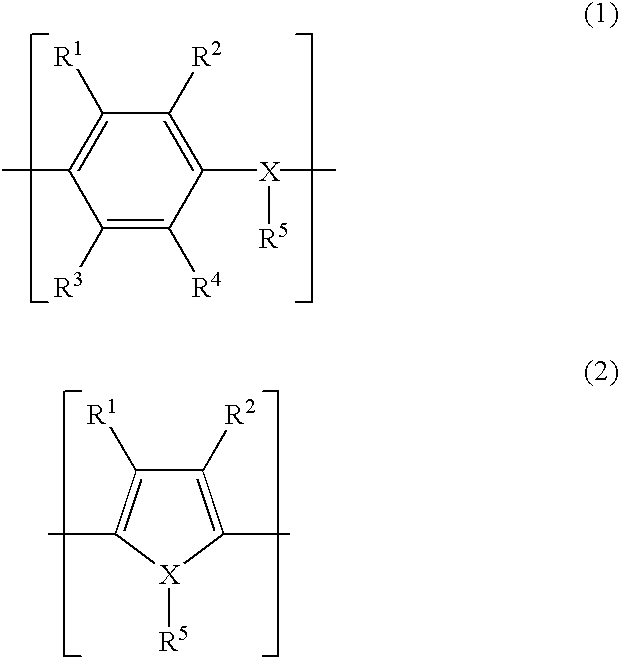Niobium powder, sintered body using the powder, and capacitor using the same
- Summary
- Abstract
- Description
- Claims
- Application Information
AI Technical Summary
Benefits of technology
Problems solved by technology
Method used
Image
Examples
examples 1 through 4
Comparative Example 1
[0060] Potassium fluoroniobate (300 g) which had been sufficiently dried at 80.degree. C. in a vacuum, and sodium (amount by mol of ten times that of potassium fluoroniobate) were placed in a nickel-made crucible, and the mixture was allowed to react at 1,000.degree. C. for 20 hours under argon for reduction. After completion of the reaction, the reduced product was cooled, and sequentially washed with water, 95% sulfuric acid, and water, and then dried in a vacuum. The dried product was further pulverized for 35 hours by use of a ball mill including an alumina pot and silica-alumina balls contained therein. The thus-pulverized product was immersed in a solution mixture of 50% nitric acid and 10% hydrogen peroxide (3:2 (mass ratio)) by stirring to remove an impurity introduced during pulverization. The resultant product was sufficiently washed with water so that the pH of washing water reached 7, and then dried in a vacuum to obtain niobium powder having a mean ...
examples 5 and 6
Comparative Example 2
[0066] A niobium rod (100 mm.phi., 300 g) was placed into a reactor made of SUS 304. After the reactor was evacuated to about 8.times.10.sup.-2 Pa for degassing, the temperature of the reactor was elevated to 800.degree. C., and hydrogen was fed to the reactor. Hydrogen was further introduced at 350.degree. C. for 50 hours. After cooling, a portion of the hydrogenated niobium ingot was pulverized for 5 hours in a one-liter pot made of SUS 304 containing iron balls. The pulverized product was placed into the above-described reactor made of SUS 304 and further hydrogenated under the above conditions. The thus-hydrogenated product was mixed with water to prepare a 20 vol. % slurry. The slurry and zirconia balls were placed in a wet-type pulverization apparatus made of SUS 304 (product name: Ato-liter), and the mixture was wet-pulverized in the apparatus.
[0067] Subsequently, the pulverized product was sequentially washed with 95% sulfuric acid, water, a mixture of 3...
examples 7 through 10
Comparative Example 3
[0071] The procedure of Example 5 was repeated, except that the niobium ingot was pulverized for two hours in the pot after introduction of hydrogen to obtain niobium powder having a means particle size of 1 .mu.m. Moreover, the procedure of Example 5 was repeated, except that the niobium powder was granulated at 1,050.degree. C. to produce granules having a mean particle size of 140 .mu.m. The oxygen content of the granules was 25,000 ppm. The granules for each Example were subjected to nitridation at the temperature shown in Table 1 for three hours. In addition, the procedure of Example 5 was repeated, except that the sintering temperature was changed to 1,150.degree. C. to carry out shaping, sintering, formation to produce a capacitor. The capacitance and LC of the sintered body, the capacitance and LC of the capacitor, and the spike noise generation ratio after a high-temperature load test were measured. The results are shown in Tables 1 and 2.
[0072] The amo...
PUM
| Property | Measurement | Unit |
|---|---|---|
| Particle size | aaaaa | aaaaa |
| Content | aaaaa | aaaaa |
| Mass ratio | aaaaa | aaaaa |
Abstract
Description
Claims
Application Information
 Login to View More
Login to View More - R&D
- Intellectual Property
- Life Sciences
- Materials
- Tech Scout
- Unparalleled Data Quality
- Higher Quality Content
- 60% Fewer Hallucinations
Browse by: Latest US Patents, China's latest patents, Technical Efficacy Thesaurus, Application Domain, Technology Topic, Popular Technical Reports.
© 2025 PatSnap. All rights reserved.Legal|Privacy policy|Modern Slavery Act Transparency Statement|Sitemap|About US| Contact US: help@patsnap.com



